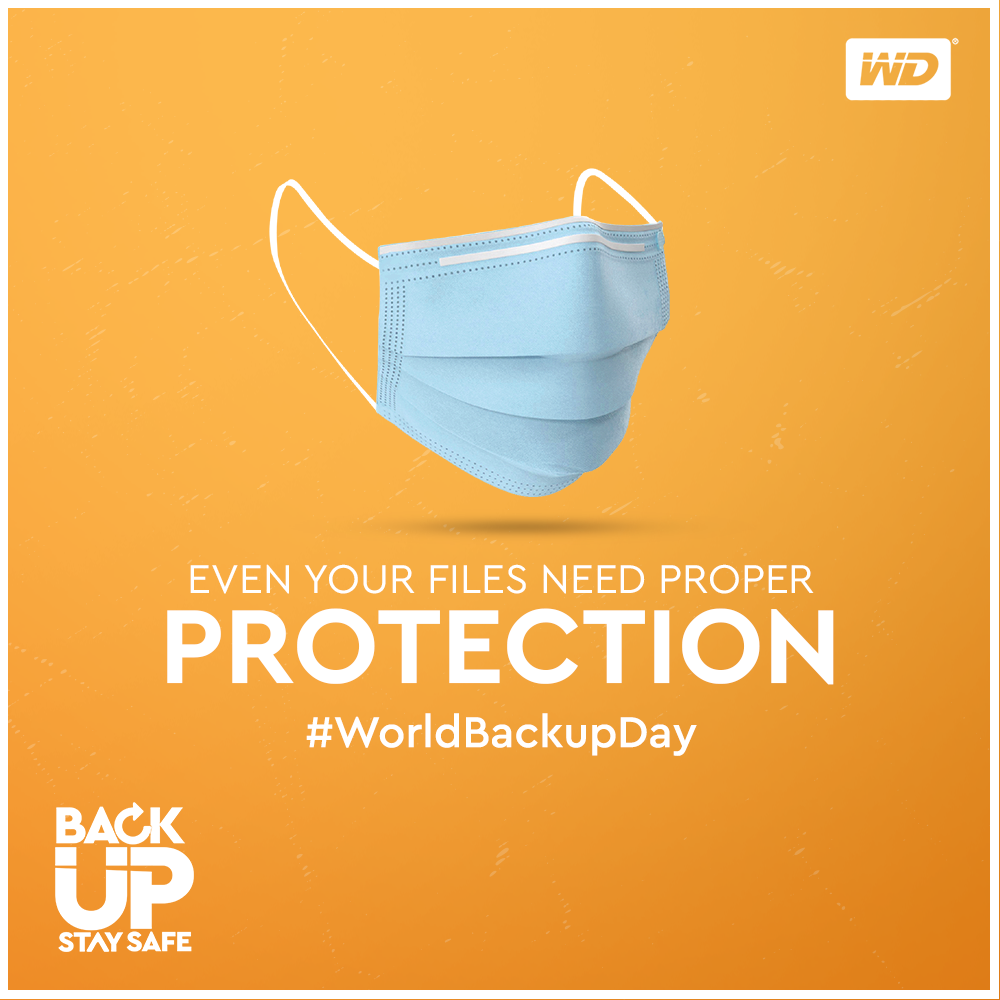 Like millions across the country, Maya[1] found herself restricted to her home as the pandemic swept across the world. While previously, she would enjoy her biweekly shopping trips to the local market, in no time, she found herself using apps for groceries to be delivered to her doorstep.
Like millions across the country, Maya[1] found herself restricted to her home as the pandemic swept across the world. While previously, she would enjoy her biweekly shopping trips to the local market, in no time, she found herself using apps for groceries to be delivered to her doorstep.
Functioning completely from home, balancing between work and play also provided people with an opportunity to invest in themselves to enhance their capabilities and talent. Where some engaged themselves in online yoga, dance, or music classes, others took lessons in the basics of cooking or baking on video platforms. Video conferences were no longer restricted to official interaction but became a platform for family and friends to socialize. However, if there was a silver lining for Maya during this crisis, it may be that the pandemic was encouraging people to use the internet as it was always meant to be used – to share information, connect with one another and find collective solutions to prominent issues.
A Data Driven World
Data has an integral part to play in reinforcing these ties. As a result of the pandemic, there has been an explosive surge in data being generated. Considering the growth in online photo sharing, videos being recorded and saved, online recipe books, downloaded OTT content, customer data surge is showing no signs of slowing down.
Smart devices, such as fitness trackers and sensors, among others produce several quintillion bytes of data on a daily basis.* Startling as these numbers might seem, this is just the tip of the iceberg and data is only going to grow with advancements in smart digital technologies becoming part of our daily lives.

Cultivating Good Digital Habits
Data has a lot of value today, especially historical data. For a consumer it could be precious memories or even family financial records. Take for example, a married couple who were recently blessed with twin boys and since their birth have been capturing every precious moment on camera. From maternity to post-delivery baby shoots to the various religious blessing ceremonies for the new-borns, each memory has been captured and shared with loved ones by the elated parents. But what if these precious moments were to get lost?
Data Backup a Must
Similarly, it is important that people understand how they are using and storing their data, and look for reliable, durable, and scalable storage solutions. The idea behind data backup is to have an archive of all the vital and confidential information that can be accessed anytime and anywhere as per the requirement and restored back to your device easily and quickly in the event of any loss.
 The choice of medium of data storage ranges storage solutions, from WD’s My PassportTM HDDs (which offer up to 5TB* storage in a palm sized device) to WD’s My Passport SSDs that offer lightning-fast speeds, to personal cloud storage devices such as WD’s My CloudTM Home.
The choice of medium of data storage ranges storage solutions, from WD’s My PassportTM HDDs (which offer up to 5TB* storage in a palm sized device) to WD’s My Passport SSDs that offer lightning-fast speeds, to personal cloud storage devices such as WD’s My CloudTM Home.
In a technology-driven world where we live, there is a high requirement for a multi-device personal data solution strategy to effectively manage the huge volume of previous, current, and future data. And as we progress, we realise the limitless capacity of technological innovation, where data goes hand in hand.
*As used for storage capacity, 1 TB = one trillion bytes. Actual user capacity may be less, depending on operating environment.
[1] Character created to depict the use case



